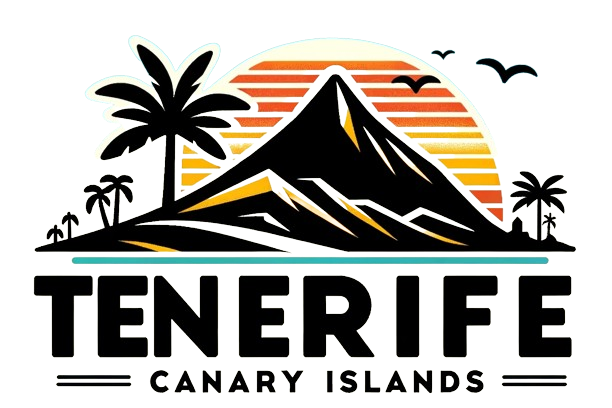The Enigma of the Nivaria Mosaic: A Cultural Treasure Lost for 25 Years
In September 2000, the Nivaria print shop in Santa Cruz de Tenerife closed its doors, leading to the disappearance of a significant piece of local history.
Closure of a Historic Print Shop
María de la Paz Hernández, the proprietor of the Nivaria print shop and stationery store, permanently shut down her establishment on Imeldo Serís Street, which had been serving the community since the 1930s. Following the closure, the building was demolished, but Hernández managed to rescue a remarkable ceramic mosaic that had decorated the shop’s entrance. This mosaic was composed of three panels made from 15 by 15-centimetre tiles. The upper panel, which displayed the shop’s name, measured 75 centimetres by 3.90 metres, while the two side panels flanking the door each measured 2.40 by 1.15 metres.
A Mosaic Rich in History
Commissioned in 1934 by Pedro Hernández, the father of María de la Paz, the mosaic was created by the company Valencia Artística e Industrial, established by Juan Bautista Molins. The artwork utilized the cuerda seca technique, which involves outlining designs with cord lines, allowing for independent painting of each section. This method not only enhances the visual appeal but also creates a distinct relief effect on the ceramic surface. Such ceramic signage became increasingly popular among Spanish businesses from the late 19th century into the 20th century. Other notable examples of this art form can be found in Santa Cruz, including the ceramics from the former Ayala drugstore on Castillo Street.
Agreement with the City Council
On September 28, 2000, Hernández entered into an agreement with then-mayor Miguel Zerolo to transfer the mosaic to the city council. The intention was to restore the piece and display it as a cultural emblem of Santa Cruz.
Family Concerns Over Mosaic’s Fate
In February 2005, the Hernández family voiced their concerns publicly through an article in La Opinión de Tenerife, expressing frustration over their lack of information regarding the mosaic’s location and management.
Two and a Half Decades of Uncertainty
Now, 25 years have elapsed since the mosaic was transferred, yet it remains unaccounted for, with no documentation of the transfer agreement. This situation was confirmed by the Ayuntamiento de Santa Cruz de Tenerife in response to an inquiry from Ínsula Signa, an association dedicated to preserving graphic heritage in the Canaries. Jaime Medina, the association’s president, reported that they had sought this information months earlier and received responses from two separate reports, one from the Autonomous Organisation of Culture and another from the Heritage Management Office.
Findings from the Reports
The first report indicated that the Autonomous Organisation of Culture (OAC) possesses no information regarding the mosaic’s transfer, current location, or inventory. Furthermore, there are no records indicating that the mosaic is a protected element under current cultural heritage laws. The second report acknowledged that while the Heritage Management Office had registered the mosaic, it currently does not have it in its facilities and lacks documentation regarding its exit.
Potential Clue to the Mosaic’s Location
In light of these developments, the whereabouts of the mosaic, described by Jaime Medina as an asset of inestimable value linked to the history of commerce in Santa Cruz, remain uncertain. However, Ínsula Signa has a potential lead. Medina mentioned that they have been in contact with María de la Paz Hernández, who recalls that former mayor Zerolo had indicated the mosaic might be stored in the Ireneo building in Santa Cruz.
The Ireneo Building’s Role
The Ireneo building, which was previously the School of Applied Arts, is currently utilized by the Ayuntamiento de Santa Cruz as a storage facility while awaiting renovation. Plans for rehabilitation of the building were announced in 2017, with a consortium awarded the project a year later, but progress has since stalled.
Possible Legal Action Ahead
If it is confirmed that the mosaic is indeed housed in the Ireneo building, the association Ínsula Signa has indicated that it will pursue legal action against the Ayuntamiento de Santa Cruz de Tenerife. They aim to reclaim the mosaic for its original owner, arguing that the local authority has not fulfilled its contractual obligations regarding the piece’s conservation and exhibition. Jaime Medina has characterized the situation as one of negligence.
Key points
- The Nivaria print shop closed in September 2000, leading to the rescue of a historic mosaic.
- The mosaic was created in 1934 using the cuerda seca technique.
- María de la Paz Hernández transferred the mosaic to the city council for restoration.
- 25 years later, the mosaic remains missing with no records of its whereabouts.
- Reports from the city council reveal a lack of information about the mosaic’s status.
- Ínsula Signa is investigating the possibility that the mosaic is stored in the Ireneo building.
- Legal action may be pursued against the city council if the mosaic’s location is confirmed.
